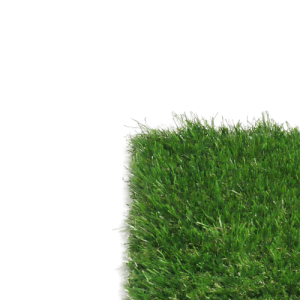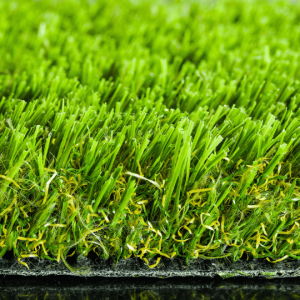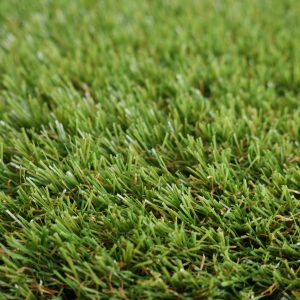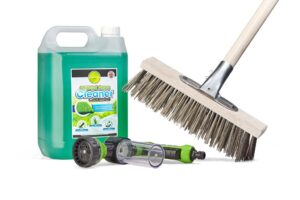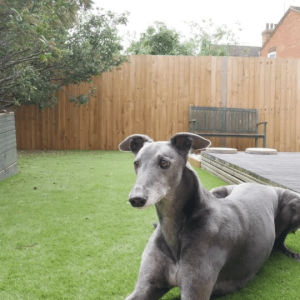Pins or Glue? Choosing the Right Method for Installing Artificial Grass
When it comes to installing artificial grass, one crucial decision homeowners often face is whether to use pins or glue. Both methods have their advantages and disadvantages, and understanding them can help you make an informed choice for your landscaping project. In this blog post, we’ll explore the positives and negatives of using pins and glue for installing artificial grass, ensuring you can achieve a seamless and long-lasting result.
Pins for Installing Artificial Grass:
Using pins to secure artificial grass has been a traditional and widely accepted method. Here are the positives and negatives associated with this approach:
Positives:
- Stability: Pins provide excellent stability, preventing the grass from shifting or moving over time.
- Easy Maintenance: If you need to replace or adjust the grass in the future, pins make it relatively simple to remove and reposition sections.
- Cost-Effective: Compared to glue, using pins can be a more budget-friendly option.
Negatives:
- Visibility: In some cases, pins may be slightly visible, especially if the grass is shorter or the installation is not meticulous.
- Potential Tripping Hazard: Pins inserted too high above the surface may pose a tripping hazard, especially for children or elderly individuals.
Glue for Installing Artificial Grass:
Gluing artificial grass offers an alternative method that comes with its own set of advantages and disadvantages. Consider the following:
Positives:
- Invisible Results: Glue ensures a seamless installation, leaving no visible signs of attachment and creating a natural look.
- Enhanced Durability: With a strong bond, glued artificial grass can withstand heavy foot traffic and remain intact for years.
- Weed Prevention: Glue provides an effective barrier against weed growth, keeping your lawn pristine and low-maintenance.
Negatives:
- Difficult to Modify: Once glued, it becomes challenging to adjust or replace sections of artificial grass, potentially requiring a complete reinstallation.
- Higher Cost: Glue, adhesive tapes, and the additional tools required for the gluing process can add to the overall cost of the installation.
Conclusion:
Choosing between pins and glue for installing artificial grass depends on your specific needs and priorities. Pins offer stability, easy maintenance, and cost-effectiveness, but they may be slightly visible and pose a tripping hazard if not installed correctly. On the other hand, glue provides an invisible, durable, and weed-resistant solution, although it can be more challenging to modify and carries a higher cost.
To make an informed decision, consider factors such as your budget, desired aesthetic, anticipated foot traffic, and long-term maintenance preferences. Consulting with a professional artificial grass installer can also provide valuable insights tailored to your unique circumstances.
Remember, whether you opt for pins or glue, the key is to ensure proper installation techniques and high-quality materials are utilized. This will result in a beautiful, long-lasting artificial grass lawn that enhances your outdoor space and provides years of enjoyment.


